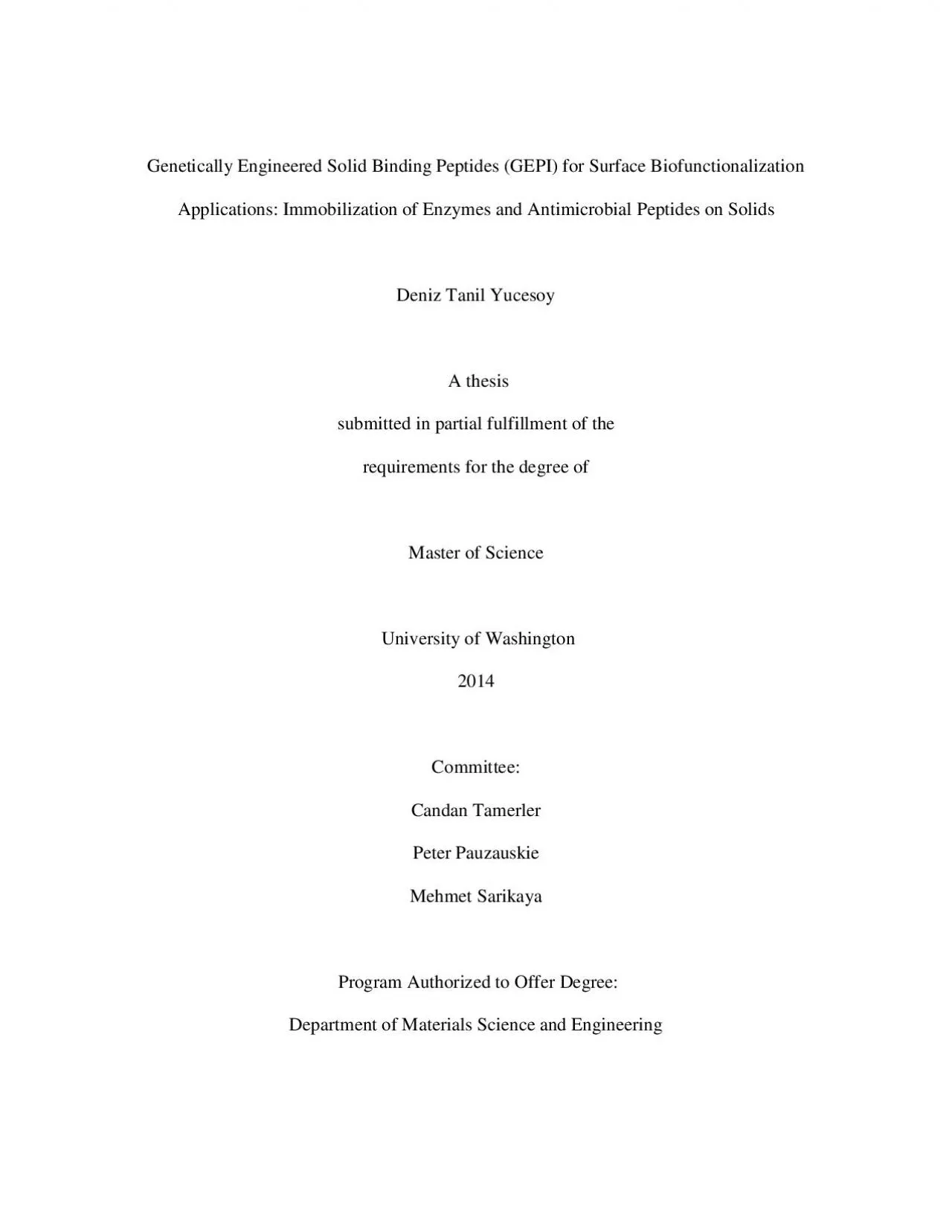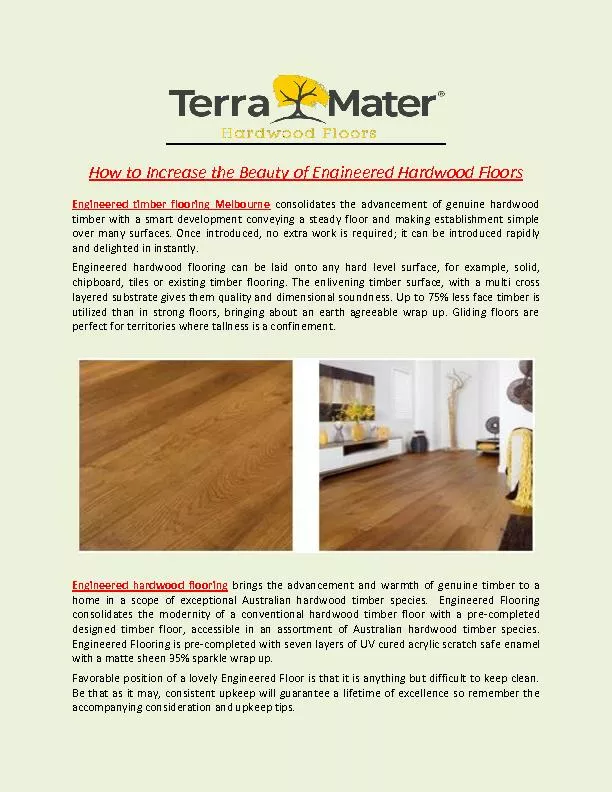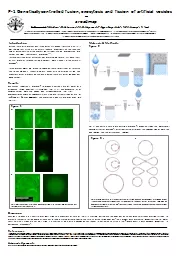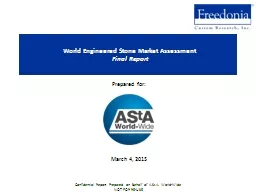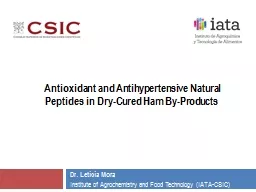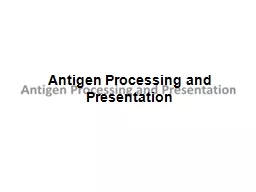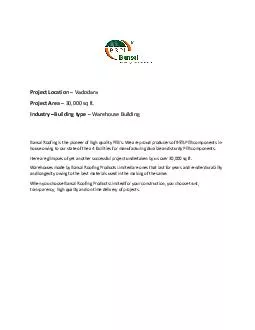PDF-Genetically Engineered Solid Binding Peptides GEPI for Surface Biofu
Author : wilson | Published Date : 2021-06-20
Applications Immobilization of Enzymes and Antimicrobial Peptides on Solids Deniz Tanil Yucesoy A thesis submitted in partial fulfillment of the requirements for
Presentation Embed Code
Download Presentation
Download Presentation The PPT/PDF document "Genetically Engineered Solid Binding Pep..." is the property of its rightful owner. Permission is granted to download and print the materials on this website for personal, non-commercial use only, and to display it on your personal computer provided you do not modify the materials and that you retain all copyright notices contained in the materials. By downloading content from our website, you accept the terms of this agreement.
Genetically Engineered Solid Binding Peptides GEPI for Surface Biofu: Transcript
Download Rules Of Document
"Genetically Engineered Solid Binding Peptides GEPI for Surface Biofu"The content belongs to its owner. You may download and print it for personal use, without modification, and keep all copyright notices. By downloading, you agree to these terms.
Related Documents

